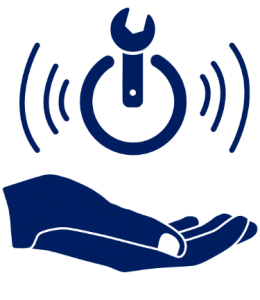Therapeutic Mitigation
This symbol of Dr. Karin Huffer’s hand represents the activation of the process of using an accommodation as a tool to enable the advocate to communicate for someone who is unable to effectively express, explain, or describe due to being symptomatic.
Therapeutic Mitigation: Cooperative Constructive Communication
Therapeutic Mitigation’s opens a channel for effective communication. Dr. Karin Huffer, MFT, has used proxy voice interventions for years in therapy. Proxy voice is created when the therapist would paraphrase or say what one person really is saying or means as a sort of roleplay. This skill and Dr. Karin Huffer’s 8-Step supportive counseling aids are put to the symmetrically accelerating conflicts commonly found in family court.
- Therapeutic Mitigation streamlines simple communication skills. It is proving to save money, time, and relieve the families and the court of much cost, strife, and stress.
- For litigants with disabilities having expressive speech impairments, an ADA advocate works like an interpreter.
Dr. Huffer’s Eight-Step protocol is comprised of:
1 – Reframing – repairs and relieves emotional trauma.
2 – Debriefing – graphs your data creating two distinctly dissimilar courses – emotional issues versus legal issues.
3 – Grieving – addresses the natural reaction to loss. Extreme grief is a new research topic that relates closely to losses forced by unbearable court orders and denial of equal access to justice.
4 – Deshaming – discuses motivation toward either conscience or power. Abuse of power is self serving. The majority of the population is motivated by their conscience and uses power to benefit society.
5 – Obessive-Compulsive Hypervigilance – Regaining Creative Control – Looks like obessive-compulsive disorder and paranoia but is a normal reaction to loss of control of one’s life.
6 – Blaming – uses imagination and brings an inevitable and necessary sense of affordable justice.
7 – Empowerment – teaches techniques to be used for stresses of litigation, self-protects, and confronts ethical challenges.
8 – Recovery – orchestrates the healing protocols into a rhythm of self-assertion and skilled management of trauma in the face of abuse, injustice, anywhere at any time.


